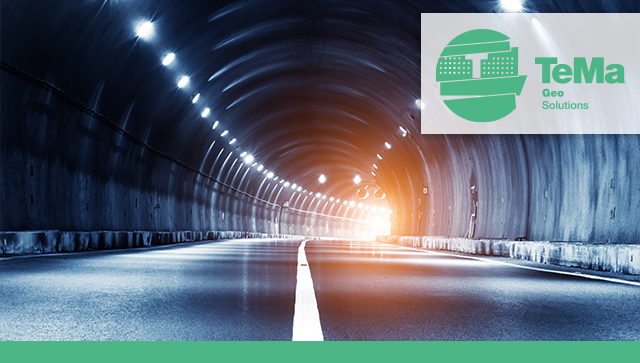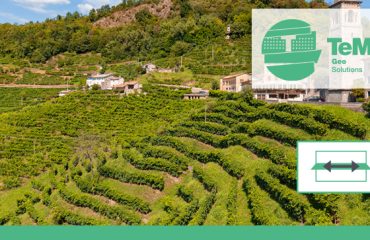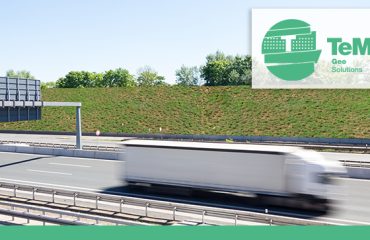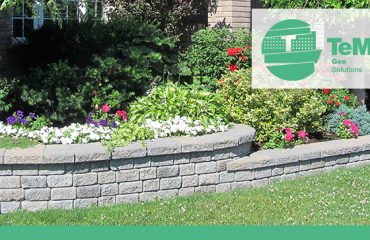
We are heading towards summer and finally, after two years of the pandemic, people will be making a mass exodus to tourist resorts again. Those who choose the mountains (or the sea, for example, the Ligurian Riviera) will find themselves passing through more than one tunnel.
Italy is one of the countries in Europe with the largest number of road tunnels. As for the TERN (TRANS-EUROPEAN ROAD NETWORK), there are currently about 610 road tunnels in operation covering a total length of about 710 km. The total number of tunnels in operation on ANAS (National Autonomous Roads Corporation) roads is 1,235 km, covering a total length of approximately 755 km.
Especially in older tunnels, you may notice large damp patches running high up the inside walls, or dangerous water stagnation on the ground. So, let’s see what exactly happens and how to prevent the problem.
When building tunnels today, tried and tested systems and materials exist. However, the problem that still needs to be addressed is the hydro-geological aspect, which highlights two main problems: groundwater inflows and water seepage.
By groundwater inflows, we mean the sudden flow of water from walls, coming from an aquifer that finds a new outlet. So, after detecting it, it becomes a priority to plan adequate drainage methods.
Water seepage, instead, refers to the passage of water due to its inherent capillary action or to the force of gravity.
The consequences of groundwater inflows and water seepage can be seen if problems are not tackled, or rather prevented, correctly.
Water is a major threat to structures such as tunnels, since it reduces the life of concrete cladding, causing structural deterioration, endangering systems and posing a hazard to road safety.
What can be done about water?
The ideal solution is to design with suitable drainage systems, with studded membranes and drainage geocomposites.
Maxistud and HDD by TeMa Geo Solutions are HDPE studded membranes with high compressive strength: the former is a 20 mm thermoformed membrane, whereas the latter is a 10 mm membrane bonded to a non-woven geotextile, available in different weights and increasing compressive strengths.
Drainage geocomposites such as Q-Drain ZW5 60 20P TG, 5mm thick with a monofilament core, and a nonwoven fabric can also be used.
The choice of product and the thickness depends on conditions regarding groundwater inflow and the relative risk of water seepage.




